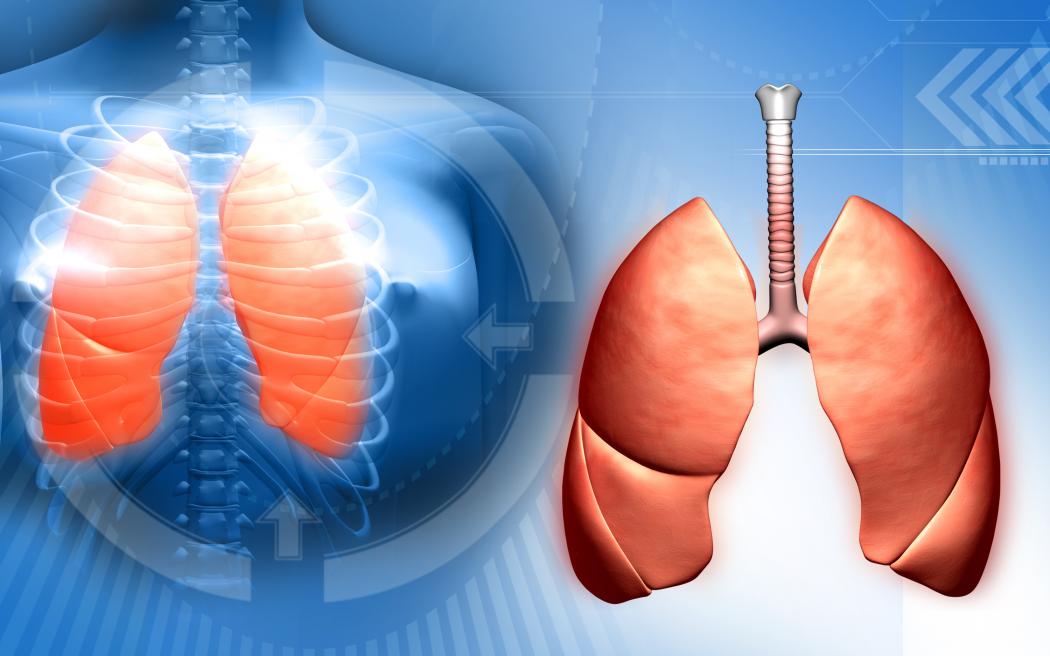The Health Ministry’s agenda for tuberculosis has been revised in line with the new strategy laid down by the World Health Assembly (WHA) to fight the potentially threatening infectious bacterial disease, said Dr. Mahshid Nasehi, head of the Leprosy and Tuberculosis Office at the ministry.
According to a World Health Organization (WHO) report, the incidence of TB in Iran is between 25- 49/100,000 cases per year. Based on the guidelines of the ministry, case detection index for smear positive pulmonary tuberculosis (SPP-TB) which was reportedly 11/ 100,000 in 2006 has now increased to 21/100,000 people, Tabnak reported.
Although the disease is evident some provinces, Sistan-Baluchestan in the southeast which borders Afghanistan and Pakistan, and Golestan in the northeast, close to the Turkmenistan border, have the highest incidence of TB in the country.
The incidence in the three neighboring countries is 10 times higher when compared to Iran. The higher TB incidence in the two Iranian provinces is likely due to the frequent visits by Pakistani, Afghan and Turkmen nationals to the border provinces, Nasehi said.
Lack of awareness and sufficient knowledge about the signs and symptoms of pulmonary tuberculosis, economic and cultural poverty and failure to seek or the delay in seeking medical care are responsible for the late diagnosis or undiagnosed cases of SPP-TB which consequently results in further spread.
Action has been taken in the two provinces to improve the quality of TB services and infection control. Two of the nine laboratories specialized for TB, equipped with modern diagnostics for early, rapid and accurate detection of the disease, have been established in Sistan-Baluchestan and Golestan. Another laboratory is under construction and will soon be launched in Zabol city (bordering Afghanistan) by the end of next year (March 2017), she said.
Screening Tests
Moreover, physicians and expert medical personnel have been appointed to enhance support to authorities and organizations affiliated to the Zabol Medical Science University in Sistan-Baluchistan. They carry out TB screening tests every year concurrent with the annual health census in rural and some urban areas of all households. In case of diagnosing TB symptoms, such as prolonged cough, fever, sweating at nights and significant weight loss, free tests and examinations are conducted.
Nasehi pointed to the high prevalence of the disease among prisoners (almost 100 times more) and said a disproportionate number of prisoners come from socio-economically disadvantaged populations where the disease burden may be already high, and access to medical care limited, e.g. substance users, homeless people, mentally ill, ethnic minorities, asylum seekers and immigrants.
However, TB in prisons will be controlled through efficient monitoring of prisoners, staff and visitors.
The long-term objectives of the ministry are to achieve the WHO goals. In line with the WHO strategy, the ministry will revise, reinforce and strengthen its agenda so that by 2035, nearly 95% of TB deaths and 90% of new TB infections are prevented, she added.
According to the disability-adjusted life year (DALY) criteria, TB is ranked 7th in terms of global burden of diseases and is estimated to remain at the same level till 2020. Unfortunately, 95% of TB cases and 98% of TB-related deaths occur in developing countries, of which 75% occur in the economically active age groups (15-50 years).
As per the WHO, 80% of TB occurs in 22 countries around the globe. The UN health agency aims to reduce the incidence of active TB to less than 1/1,000,000 per year by 2050.


